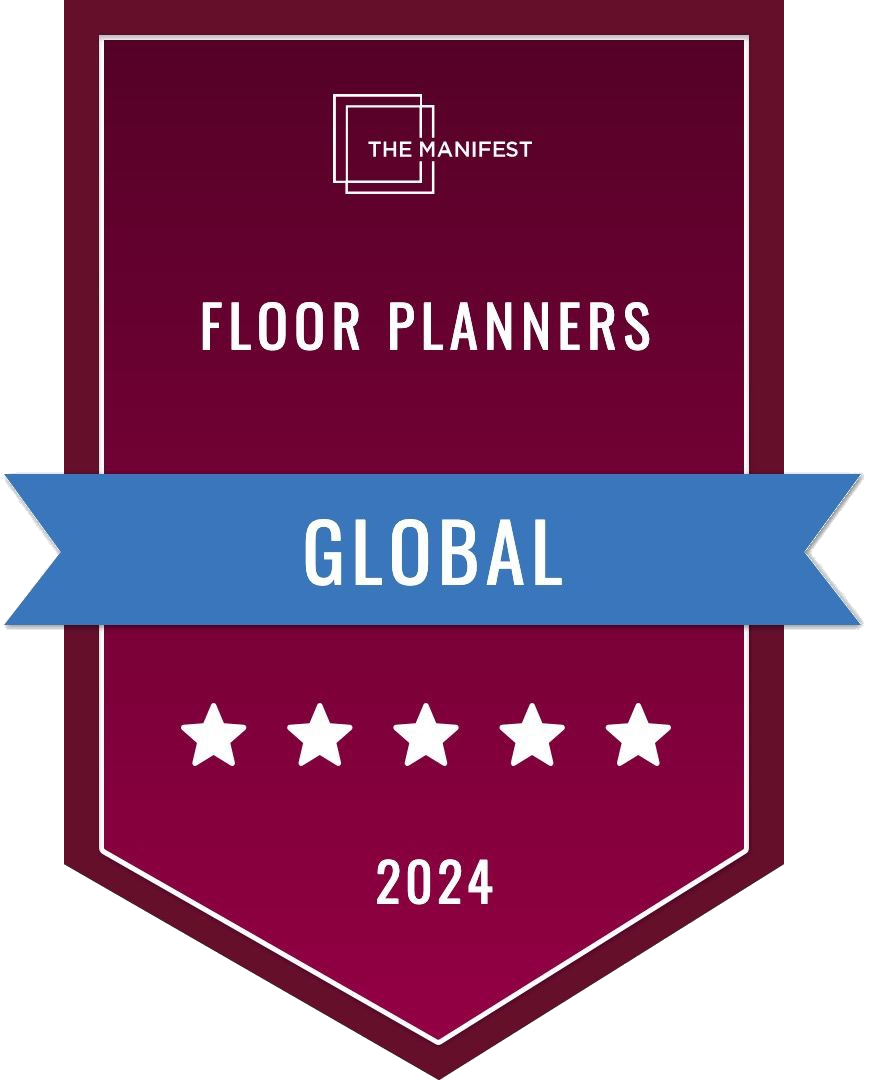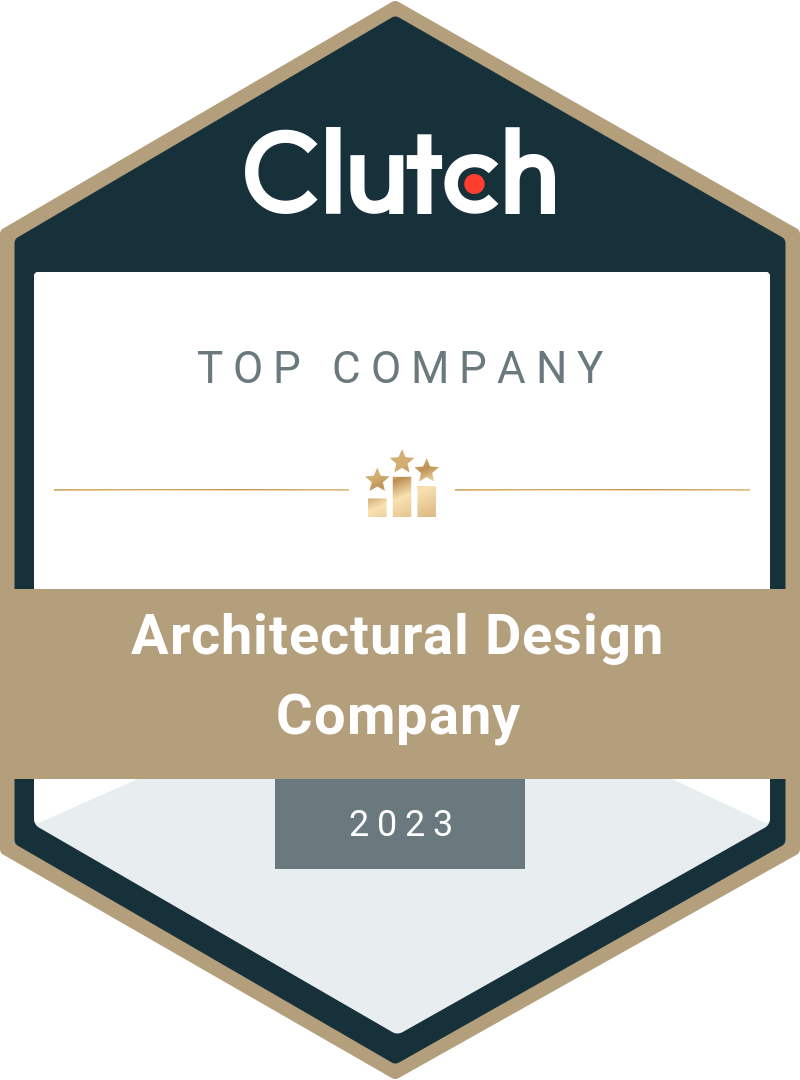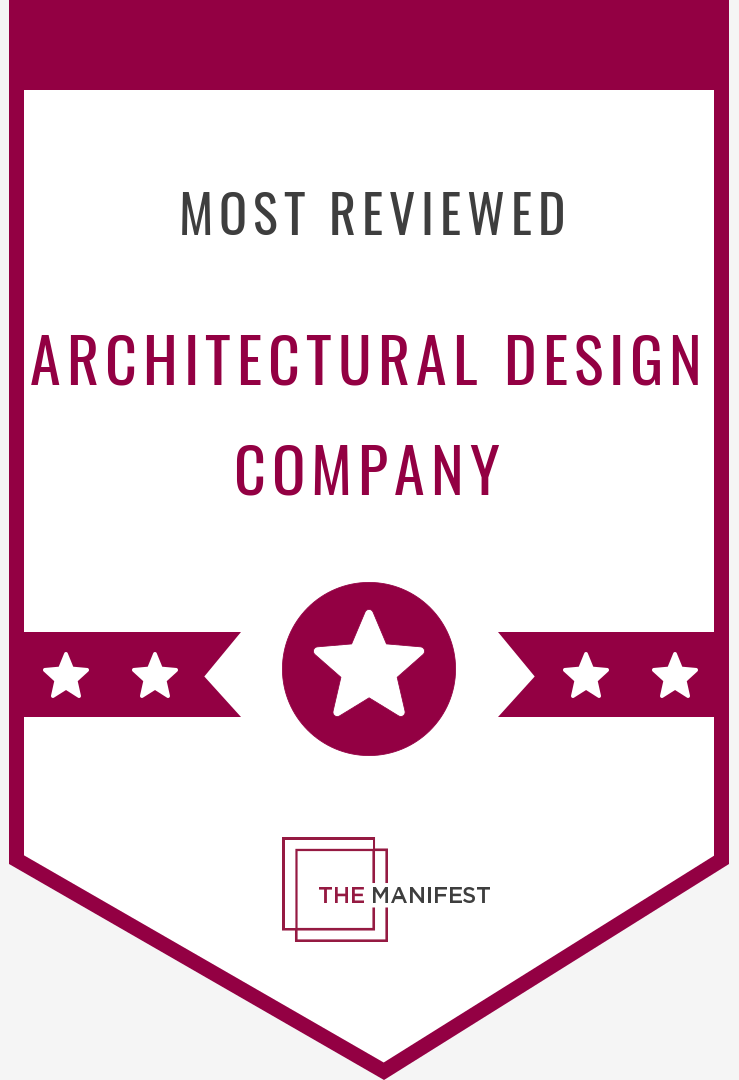Summarize this article with the help of:
On the internet, you can find a lot of information about 3D rendering, but I haven’t seen the full information from the very beginning, including its history, growth, and usage. So I decided to share with you such information that probably will help you understand rendering services better.

History of 3D Rendering
The definition of 3D rendering can be explained like this: “The process of creating photorealistic or non-realistic graphic images from 3D models using computer programs. A rendering artist works on its creation by applying simulating elements like light, texture, and materials to produce visuals of the scene. 3D rendering began its own way in the 1960s and grew the same as technology did. For several decades, technology continued to raise its presence in every aspect of human life. If at the end of the xx century having a phone was mentioned as a luxury life, then nowadays it’s the usual product that even kids own. At the same time, we can see advances revolutionized design, architecture, entertainment, and more. Let’s breakdown 3D rendering history by decades:
1. The 1960s: Early Beginnings
- Key Development: The foundations of computer graphics were laid with basic wireframe models.
- Significant Event: The most significant event during this period was the conceptual leap from numerical computing to graphical representation, which gave birth to the entire field of computer-aided design (CAD) Ivan Sutherland’s development of Sketchpad in 1963 became the major technology that made this revolution and introduced the concept of human-computer interaction and early vector graphics. Sketchpad allows creating 3D computer modeling, design, and drawing in real-time directly on the computer display using a light pen.
- Limitations: Rendering was extremely primitive, with no shading or textures, and mainly used for scientific and military purposes.
2. The 1970s: Wireframes & Raster Graphics
- Key Development: Adoption of wireframes as the first method for visualizing complex 3D forms. Even with a skeletal appearance (no solid surfaces or shading) this concept took a step further in developing the visualizing process.
In 1974, Edwin Catmull, who later co-founded Pixar, released a doctoral thesis about texture mapping and shading techniques. It’s become fundamental to creating more lifelike surfaces and moved closer to photorealism.
- Notable Achievements: Catmull’s work on digital shading marked a turning point for rendering techniques, leading directly to the development of more advanced 3D technologies. His innovations allowed for the creation of solid-looking objects that responded more naturally to light sources.
- Technology: Early raster graphics made it possible to convert images into pixels, allowing for more detailed images, though still limited to simple shading.
3. The 1980s: Photorealism Emerges
- Key Development: The birth of ray tracing and rasterization techniques made more realistic 3D scenes. A powerful technique, ray tracing simulates the light and shadow following rays of light as they bounce through a scene, producing more realistic shadows, reflections, and refractions than rasterization methods. The same time, the rise of rasterization also allowed for faster rendering of 3D models. Rasterization translates 3D objects into a 2D image by calculating which pixels on the screen represent parts of the object.
- Notable Achievements: Pixar’s founding (1986) was perhaps the most significant event in this period. The short film “Luxo Jr.” (1986), directed by John Lasseter, was the first fully 3D animated film using advanced rendering techniques. It showed how 3D could create realistic characters with emotional depth—groundbreaking for its time.
- Milestone: The first fully computer-generated short film, Luxo Jr., by Pixar, introduced the world to more advanced 3D rendering.
4. The 1990s: Mainstreaming and Hardware Boost
- Key Development: GPU acceleration was a game-changer in 3D rendering. As specialized hardware developed for processing 3D graphics, GPUs enabled much faster rendering by offloading tasks from the CPU. This advancement greatly sped up both real-time and pre-rendered graphics.
In the late ’90s, Edwin Catmull and Jim Clark popularized subdivision surfaces allowing for smoother, more detailed 3D models that could be created with less computing power. This technique made complex objects easier to render while maintaining high-quality visuals.
- Significant Event: The release of “Toy Story” (1995) was a monumental achievement in 3D rendering history. As the first entirely computer-generated feature film, it showcased the potential of 3D animation. It used advanced shading, texturing, and rendering techniques, changing understanding of what CGI could achieve. CAD Software Advances during the 1990s brought 3D rendering into the architectural and industrial design mainstream. Programs like AutoCAD began to integrate more complex rendering tools, giving architects and designers powerful visualization capabilities.
- Expansion: CAD software became more advanced, and 3D rendering began to be used extensively in architecture, video games, and industrial design.
5. The 2000s: Real-time Rendering and Global Illumination
- Key Development: Advances in GPU technology and more efficient algorithms took a huge jump forward in real-time rendering. Video games, VR simulations, and interactive media benefited the most from these advancements, allowing users to interact with 3D environments in real-time with ever-increasing realism.
- Notable Achievements: Half-Life 2 (2004) was an early example of real-time rendering that used physics-based lighting and shading to create realistic environments. The game showcased the potential of real-time rendering and influenced the development of more advanced engines like Unreal Engine and Unity.
V-Ray and Arnold Render Engines were released during this time, providing powerful tools for achieving high-quality, photorealistic rendering. These engines became industry standards in fields ranging from architecture to movies.
- Advances in Lighting: Global illumination, ambient occlusion, and physically based rendering (PBR) techniques became prominent, bringing unprecedented realism to images.
6. The 2010s: Cloud Rendering & 3D in Everyday Life
- Key Development: Cloud rendering appeared as a solution to devastate local hardware limitations. With cloud-based platforms like Chaos Cloud and Amazon Web Services (AWS), artists and developers could now render complex scenes remotely, accessing virtually unlimited computing power. Physically Based Rendering (PBR) became the dominant method for rendering materials and textures. PBR simulates real-world light interactions more accurately, making textures look consistent under different lighting conditions.
- Widespread Use: Unreal Engine 4 (2014) revolutionized the use of real-time 3D rendering, not just in games but also in architecture and film. It allowed for highly realistic lighting, reflections, and materials in real-time. Interactive 3D Applications became more mainstream, with tools like SketchUp and Twinmotion making 3D rendering accessible to non-experts. The proliferation of AR and VR experiences brought 3D rendering into e-commerce, real estate, and education.
- Game Changer: Render engines like V-Ray, Arnold, and Unreal Engine transformed how quickly and efficiently high-quality renders could be produced.
7. 2020s: AI, Real-Time Ray Tracing, and Hyper-Realism
- Key Development: The era of AI and machine learning changed the world of 3D rendering. Optimizing the rendering process; filling in details; speeding up render times with high quality; AI-based denoising algorithms; and real-time ray tracing—all this makes video games, architectural visualization, and interactive experiences easier to use and saves time.
- Significant Event: The use of virtual production in movies like The Mandalorian (2019) signaled a new era for 3D rendering, blending real-time environments with live-action filming. Large LED walls were used to project 3D environments, powered by Unreal Engine, allowing actors to perform within fully rendered worlds in real-time. AI-driven rendering tools, such as Lumion AI and NVIDIA Omniverse, introduced automation into the rendering process, allowing for incredibly fast, hyper-realistic visuals with minimal manual input. These tools are changing the landscape for professionals in architecture, design, and entertainment.
- Future: AI-assisted rendering tools reduce computation time, while new advances like virtual production in film and architecture are blurring the lines between virtual and real environments.
Types of Rendering Services
As we pass through the history, understanding the main periods for rendering services, we now can move forward and find out about the specific types of renders used nowadays, thanks to photorealistic renders, real-time renderings, ray tracing, and so on. To shorten the information I structured it and mention the most important.
1. Architectural Rendering
- Description: This service provides highly detailed visual representations of architectural projects, focusing on both exterior and interior spaces. Architectural rendering showcases buildings at different stages of the process. This type of rendering often includes realistic lighting, textures, and environmental elements.
- Usage: Architects, real estate developers, and urban planners use it for marketing materials, client presentations, and project approvals. It’s particularly valuable in residential and commercial real estate to sell properties off-plan.
- Main Deliverables: Exterior renderings, interior renderings, virtual walkthroughs, aerial views.
2. Product Rendering
- Description: Product rendering is creating high-quality visuals of products to showcase their design, materials, and functionality. This type of rendering is often used in the conceptual phase, as well as for marketing. These renderings focus on fine details, including textures, lighting, and even usage scenarios.
- Usage: Product designers, e-commerce companies, and marketers rely on product rendering for advertisements, brochures, online stores, and product presentations.
- Main Deliverables: Product images, 360-degree views, interactive product visualizations.
3. Furniture Rendering
- Description: Similar to product rendering, but specifically focused on furniture, this service helps designers and manufacturers visualize furniture pieces before production. It can also be used to show how furniture fits into a particular space, with realistic lighting, materials, and textures. Customization options, such as material finishes and color variations, can be easily visualized and presented to clients.
- Usage: Furniture companies, interior designers, and manufacturers use it for catalogs, online retail, and marketing.
- Main Deliverables: Detailed furniture images, product variations (materials, colors), interior room setups.
4. Automotive Rendering
- Description: Automotive rendering is a specialized form of product rendering that focuses on creating photorealistic images and animations of cars, trucks, and other vehicles. This type of rendering emphasizes the vehicle’s design, materials, and functionality, often incorporating dynamic lighting and environmental effects to showcase the car in different settings.
- Usage: Automotive manufacturers, designers, and marketers use it for advertising campaigns, product launches, and concept visualizations.
- Main Deliverables: Exterior and interior car renders, animation sequences, interactive car configurators.
5. Interior Rendering
- Description: Interior rendering focuses on visualizing the inside of buildings and spaces, incorporating furniture, lighting, textures, and architectural details. Interior renderings often include realistic material finishes, light simulations, and even decor elements to improve the scene.
- Usage: Interior designers, real estate agents, and homeowners. It’s also commonly used for marketing furnished homes or apartments.
- Main Deliverables: Interior room renderings, virtual staging, lighting simulations.
6. Landscape Rendering
- Description: Landscape rendering specializes in visualizing outdoor spaces, from small gardens to large urban developments. It includes elements like greenery, water features, pathways, and structures, all integrated into natural environments. The service uses sophisticated tools to simulate outdoor lighting and seasonal changes.
- Usage: Landscape architects, urban planners, and developers use this service for visualizing public parks, residential landscapes, commercial spaces, and urban designs. It’s crucial for presenting outdoor spaces for approval by city planners or clients.
- Main Deliverables: 3D renders of landscapes, bird’s-eye views, environmental visualizations.
7. Virtual Staging
- Description: Virtual staging is a cost-effective alternative to physically staging a property for sale or rent. This service involves digitally placing furniture, decor, and other interior elements into an empty or sparsely furnished space to give potential buyers an idea of how the property could look. It’s especially helpful for real estate agents to showcase how a property can be utilized without the expense of real furniture.
- Usage: Mainly used by real estate professionals and property managers to enhance listings for homes and commercial spaces. It’s also valuable for interior designers who want to offer a glimpse into potential design layouts.
- Main Deliverables: Staged room images with furniture and decor added digitally.
8. Medical Rendering
- Description: Medical rendering creates detailed 3D images and animations of human anatomy, medical devices, and procedures. It allows for the accurate visualization of complex biological structures and processes, often for educational, research, or marketing purposes. The renderings need to be precise and anatomically correct, making them indispensable for the medical field.
- Usage: Medical device manufacturers, educational institutions, and healthcare marketers use these renderings to explain medical procedures, demonstrate devices, and teach anatomy. It’s also used in pharmaceutical advertising.
- Main Deliverables: Anatomical models, device prototypes, procedural animations.
9. Industrial Rendering
- Description: Industrial rendering is used to visualize large-scale machinery, equipment, and manufacturing processes. These renderings are highly detailed and functional, often used to demonstrate how machines work or are assembled. They may also show the layout of entire factories or production lines.
- Usage: Engineers, manufacturers, and industrial designers use industrial rendering to visualize and communicate the design and functionality of equipment and processes. It’s commonly used in manuals, promotional materials, and project proposals.
- Main Deliverables: 3D models of machines, industrial plant renderings, product lifecycle visualizations.
10. Animation Rendering
- Description: Animation rendering creates motion sequences for 3D objects, environments, and characters. This service is used to bring static designs to life, demonstrating movement, interaction, and transformations. It’s commonly used in industries like entertainment, product design, and architecture.
- Usage: Animation studios, advertising agencies, and product designers use animation rendering to showcase complex processes, product functionality, or environmental changes over time. It’s also essential in architectural walkthroughs, allowing viewers to experience spaces in motion.
- Main Deliverables: 3D animations, product demonstrations, architectural walkthroughs, character animations.
11. Jewelry Rendering
- Description: Jewelry rendering creates highly detailed and realistic visuals of jewelry pieces, focusing on the fine details of materials, gemstones, and craftsmanship. It allows designers to showcase how light interacts with diamonds, gold, silver, and other materials, making it a key tool for marketing luxury items.
- Usage: Jewelry designers, retailers, and marketers use this service for catalogues, online stores, and advertisements. It helps buyers visualize pieces before they are crafted or purchased.
- Main Deliverables: Photorealistic jewelry images, 360-degree views, material and gemstone variations.
12. Retail Rendering
- Description: Retail rendering visualizes store layouts, fixtures, and product displays in a 3D environment. It helps retailers plan store designs and optimize product placement. These renderings focus on the customer journey and merchandising strategies.
- Usage: Retail designers, visual merchandisers, and marketers use this service to design store layouts, create marketing materials, and test different store configurations before implementation.
- Main Deliverables: 3D store layouts, display concepts, lighting and merchandising visualizations.
The Future of Rendering Services
We checked all the necessary information about history and types, so it’s time to see the way how rendering services will grow and improve their presence in the future. Due to growing technologies, we can say that the world of rendering will improve as well. As software becomes more sophisticated, the possibilities for 3D are expanding and getting closer to realism, efficiency, and interactivity.
1. Real-Time Rendering and Virtual Reality (VR)
One of the most exciting developments is the rise of real-time rendering, where scenes and environments are rendered instantaneously, allowing for dynamic interaction. This technology, paired with virtual reality (VR) and augmented reality (AR), is revolutionizing industries like architecture, real estate, and product design. Clients will be able to explore spaces and interact with designs in 3D environments, providing deeper engagement.
2. AI-Driven Rendering
Artificial intelligence (AI) is becoming an integral part of rendering workflows. AI-powered tools are being developed to automate tasks such as scene setup, material selection, and lighting configuration, reducing the time and effort required to create high-quality visuals. With new algorithms, AI can improve the speed and accuracy of simulations, particularly in complex scenes involving light and shadow interactions.
3. Higher Levels of Photorealism
As rendering engines continue to improve, we’re moving toward unprecedented levels of photorealism. Features like advanced global illumination, ray tracing, and real-world material simulation are making it possible to create renders that are virtually indistinguishable from photographs. These advancements will greatly benefit industries like advertising, film, and product visualization, where realism is paramount.
4. Sustainability and Green Rendering
As environmental concerns grow, rendering software and hardware developers are focusing on energy-efficient solutions. Optimized algorithms that reduce the energy consumption and cloud-based solutions will play a role in making rendering more sustainable. This will help the industry lower its carbon footprint while continuing to deliver high-quality visuals.









